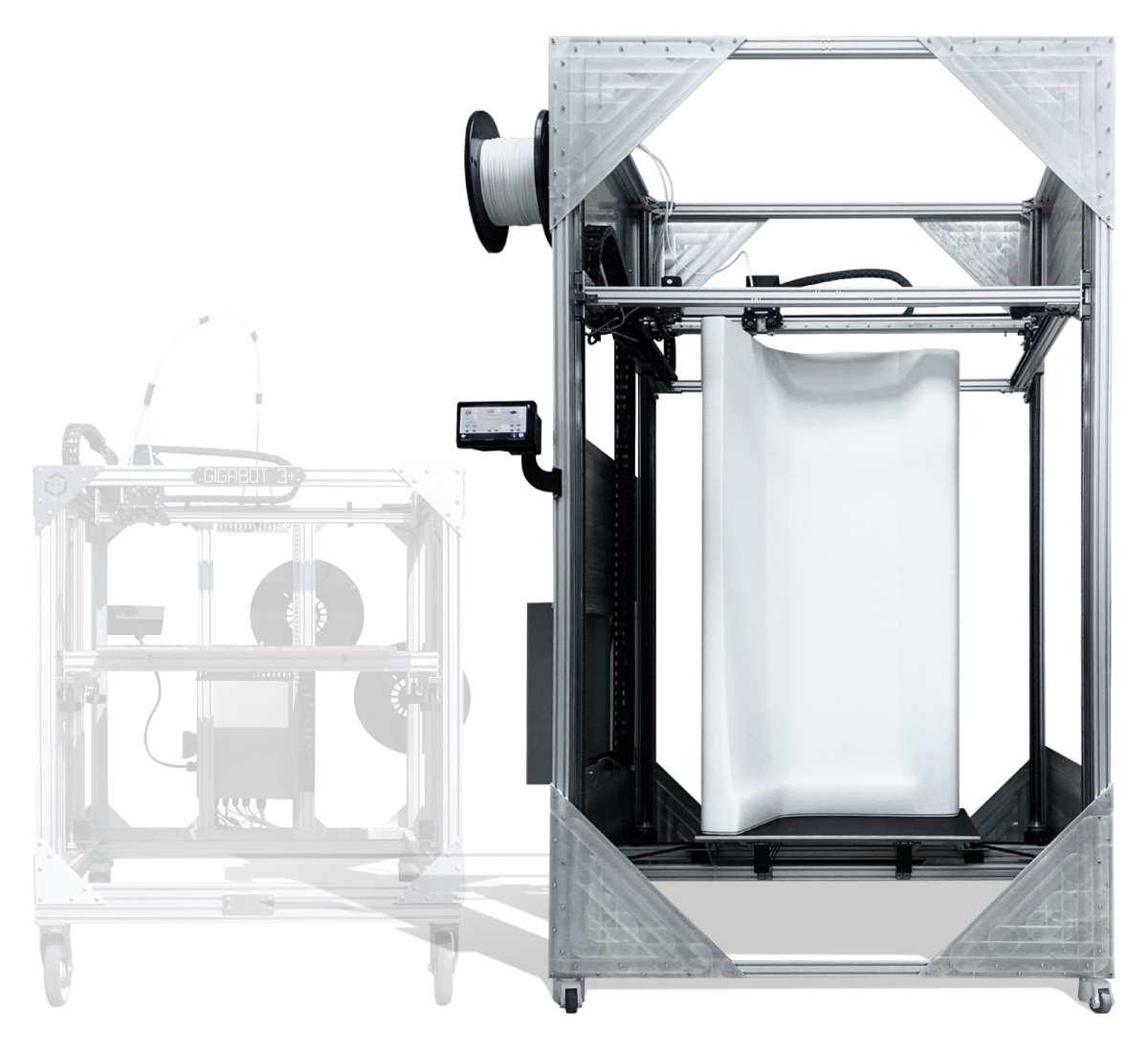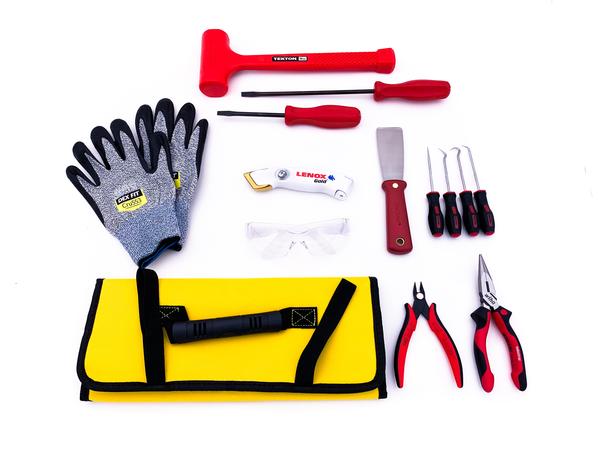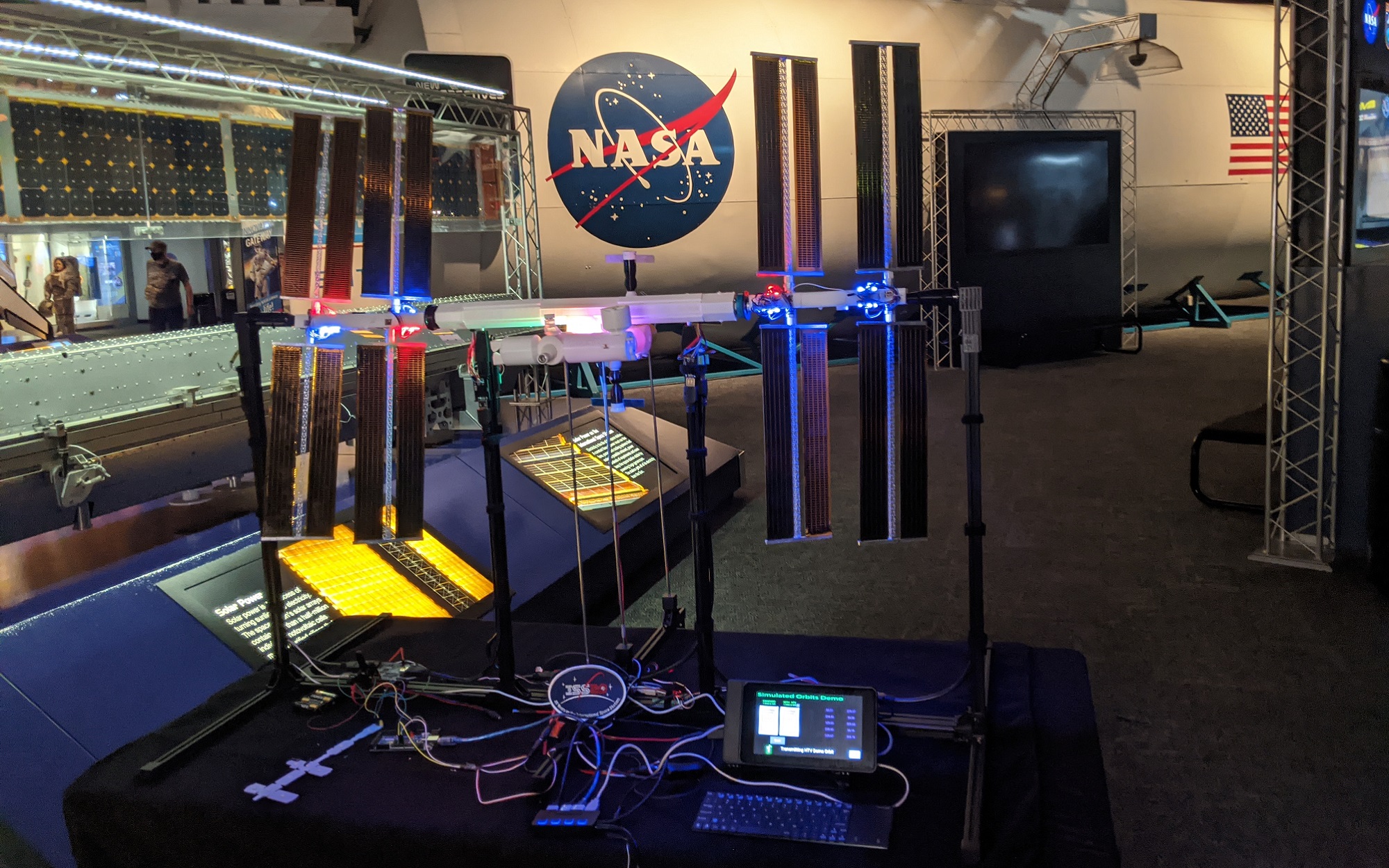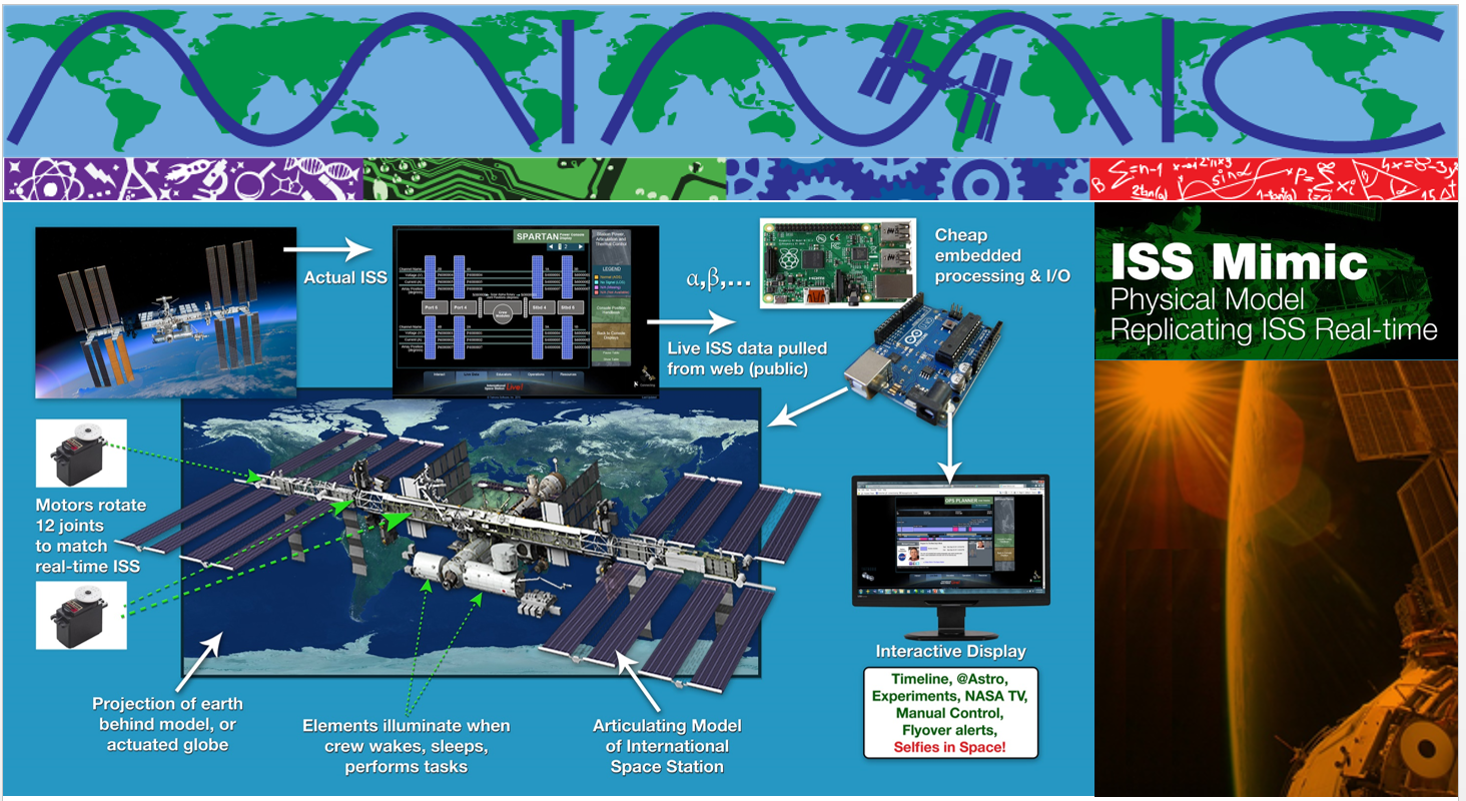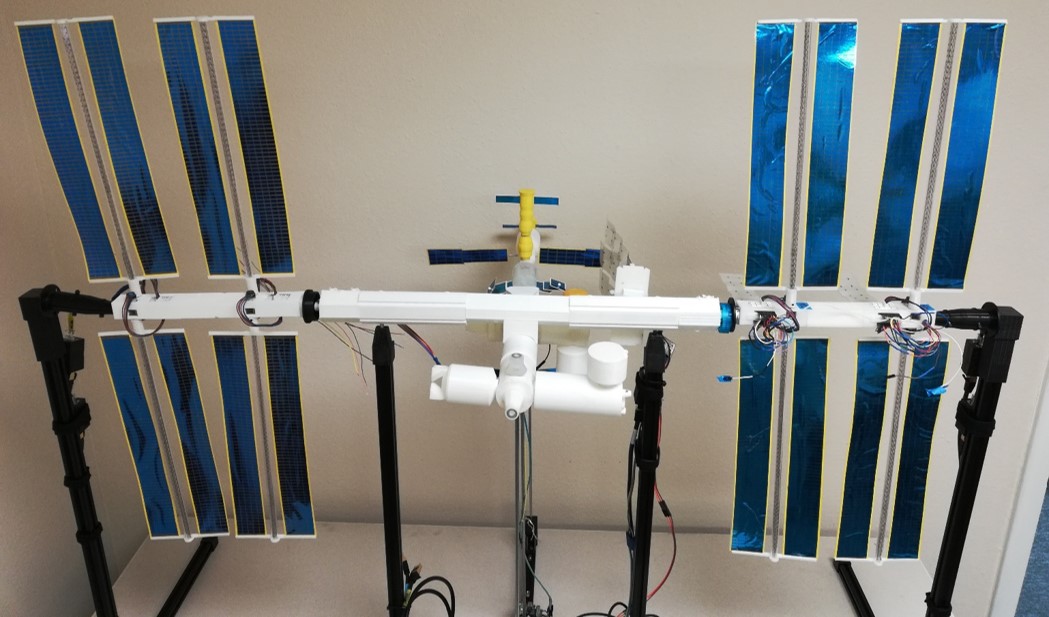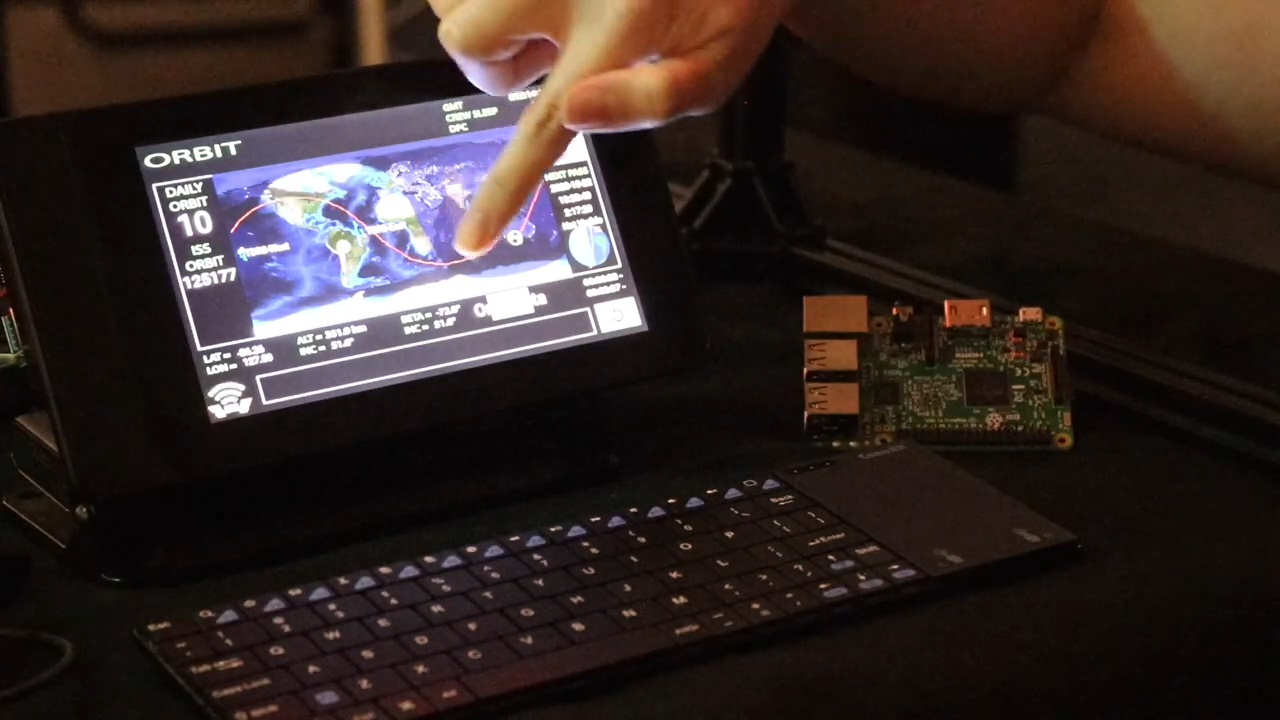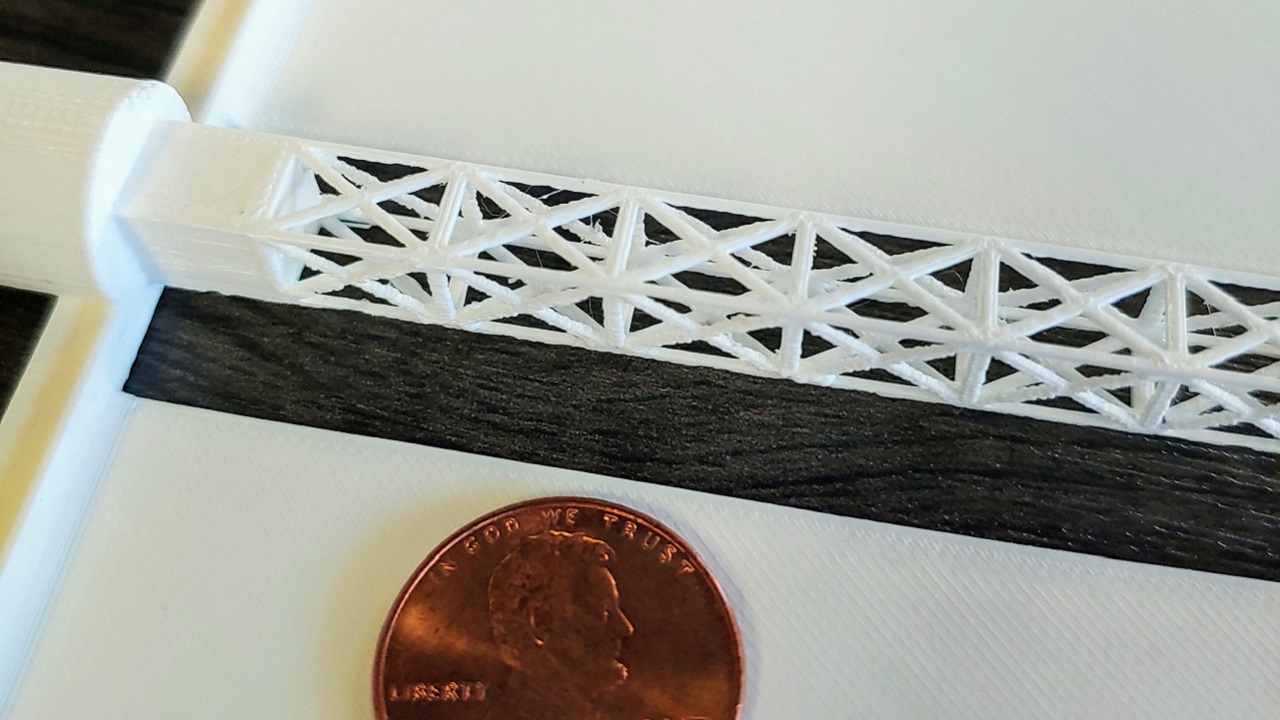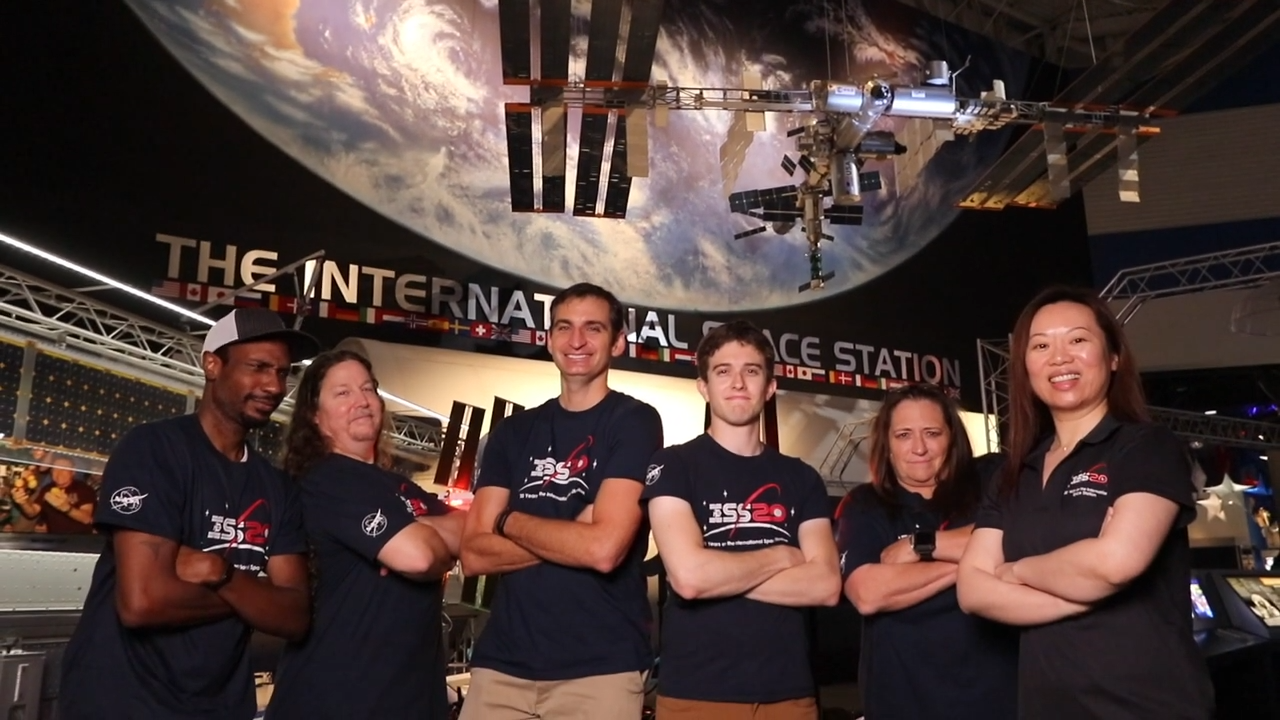2021 is going to be an exciting year for re:3D, and we have multiple product releases in the works for you. First, however, we want to update you on upgrades to our current offerings as well as highlight some new products now available from re:3D. As of January 1, 2021, re:3D 3D printers will ship with some great new enhancements. Current Gigabot®, Gigabot® X, and Terabot®, owners can order these as replacement parts that are upgradable from previous versions.
New Products
New Parts
Gigabot® X
- Extruder Cover – covers and protects extruder area of GBX
- Hopper Gantry – puts the hopper on a mobile gantry system which improves pellet flow
- For additional details on GBX Updates, see our Forum Post
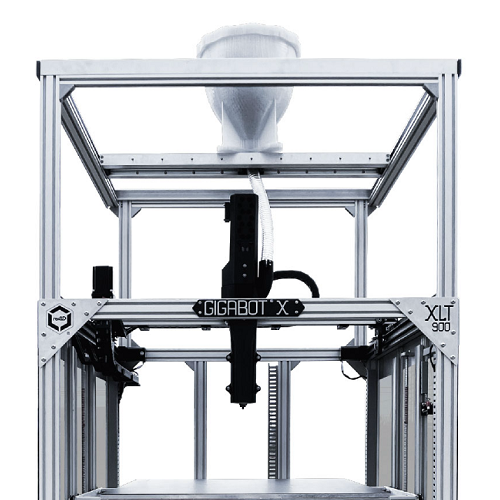
Fit and Strength Part Adjustments
The below parts have had geometry changes or other additions to make them stronger or fit more precisely.
Gigabot® X
- [11384] Thrust Bearing Plate – Improved fit with extruder body
- Extruder Body – Improved material feeding
- Feed Throat – Improved material feeding
- Feed Tube – Revised for compatibility with new gantry
- Hopper – Revised for compatibility with new gantry
- Motor Spacer – Revised for compatibility with new extruder cover
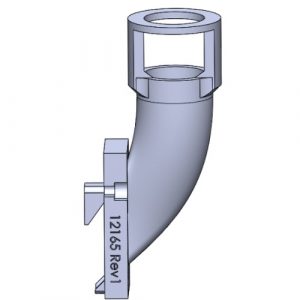
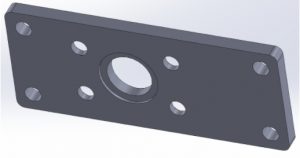
Terabot®
- Viki Enclosure – Improved wire routing to electrical box
Firmware
Gigabot® X
- Adjusted Change Pellet Routine extrusion speed and resolved bug
- Fixed build chamber dimensions for XL and XLT sizes
- Updated preheat temperature options
- Added capability for ditto printing with a motorized auger as a second extruder
- Firmware installation instructions are available in our Knowledge Base
Check out additional update on our Forum. Want to chat with an engineer to share feedback on your Gigabot & re:3D design priorities? Email info@re3d.org.
Happy Printing!
~Your Gigabot Engineering Team

